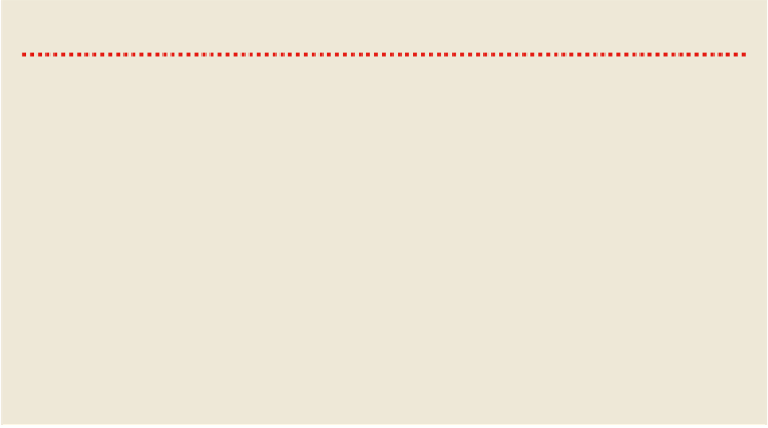Travel Reference
In-Depth Information
THE CHINESE INFLUENCE
In many ways Bangkok is as much a Chinese city as it is Thai. The presence of the Chinese in Bangkok dates back
to before the founding of the city, when Thonburi Si Mahasamut was little more than a Chinese trading outpost on
Mae Nam Chao Phraya. In the 1780s, during the construction of the new capital under Rama I, Hokkien, Teochiew
and Hakka Chinese were hired as coolies and labourers. After the job was done, the Chinese were relocated to the
districts of Yaowarat and Sampeng, today known as Bangkok's Chinatown.
During the reign of King Rama I, many Chinese began to move up in status and wealth. They controlled many of
Bangkok's shops and businesses, and because of increased trading ties with China, were responsible for an im-
mense expansion in Thailand's market economy. Visiting Europeans during the 1820s were astonished by the num-
ber of Chinese trading ships in the Chao Phraya River, and some assumed that the Chinese formed the majority of
Bangkok's population.
The new-found wealth of certain Chinese trading families created one of Thailand's first elite classes that was
not directly related to royalty. Known as
jôw sŏo·a,
these 'merchant lords' eventually obtained additional status by
accepting official posts and royal titles, as well as offering their daughters to the royal family. Today it is thought
that more than half of the people in Bangkok can claim some Chinese ancestry.
During the reign of Rama III, the Thai capital began to absorb many elements of Chinese food, design, fashion
and literature. The growing ubiquity of Chinese culture, coupled with the tendency of the Chinese men to marry
Thai women and assimilate into Thai culture, meant that by the beginning of the 20th century there was relatively
little that distinguished many Chinese from their Siamese counterparts.
Talat Mai
MARKET
(Soi 6 (Trok Itsaranuphap), Th Yaowarat; 6am-6pm; Tha Ratchawong, Hua Lamphong exit 1 & taxi)
With
nearly two centuries of history under its belt, 'New Market' is no longer an entirely accur-
ate name for this strip of commerce. Essentially it's a narrow covered alleyway between
tall buildings, but even if you're not interested in food the hectic atmosphere and exotic
sights and smells culminate in something of a surreal sensory experience.
While much of the market centres on Chinese cooking ingredients, the section north of
Th Charoen Krung (equivalent to Soi 21, Th Charoen Krung) is known for selling incense,
paper effigies and ceremonial sweets - essential elements of a traditional Chinese funeral.
Wat Mangkon Kamalawat buddhist
TEMPLE
(cnr Th Charoen Krung & Th Mangkon; 6am-6pm; Tha Ratchawong, Hua Lamphong exit 1 & taxi)
Clouds of incense and the sounds of chanting form the backdrop at this Chinese-style Ma-
hayana Buddhist temple. Dating back to 1871, it's the largest and most important religious
structure in the area, and during the annual Vegetarian Festival, religious and culinary
activities are particularly active here.






